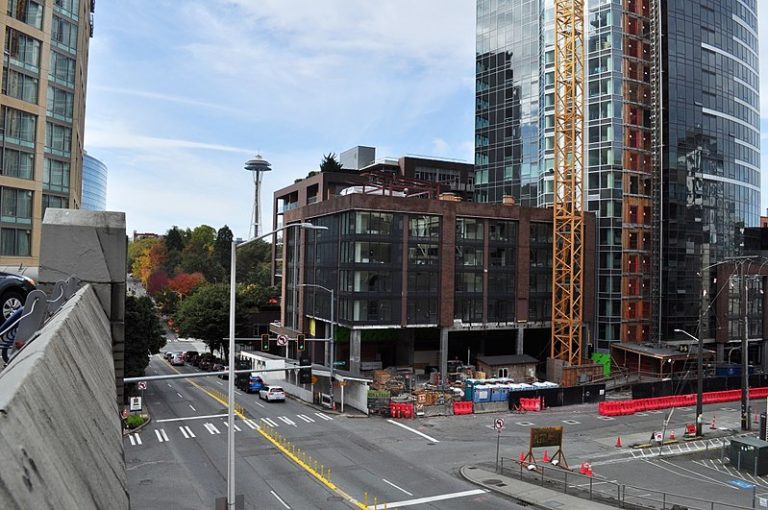Published on April 28, 2020

Buildings of the future will be grown on-site, says Wil Srubar, an assistant professor of architectural engineering at the University of Colorado Boulder who also runs the Living Materials Laboratory. They’ll be made from hemp, or algae or specially engineered wood — or bacteria that can photosynthesize, like the cyanobacteria mortar he and his research team recently grew between a lattice of sand and water-based gel.
The construction industry — from the mining and smelting of raw materials to dealing with the waste from demolished structures — has a huge environmental footprint that is often overlooked. It produces 11% of global greenhouse gas emissions. That’s a staggeringly high number, four times the emissions of the whole aviation sector. Added to this, the United Nations predicts 2.3 billion more people will live in cities in 2050 than do now. Construction will have to expand rapidly to keep pace.
We need to think about not just what materials we use but how we use them and what we choose to build, says Kate Simonen, UW Architecture professor and director of the Carbon Leadership Forum, a 10-year-old consortium of building experts pushing for the decarbonization of the construction sector.
“Don’t tear down buildings and rebuild them if you can reuse them,” she says. Although it’s often a lot less labor-intensive to demolish and rebuild, rather than to retrofit an existing building for a new use, says Simonen, there is a tremendous climate cost to using all-new building materials.
Continue reading at Huffpost.
Originally written by Zoë Schlanger for Huffpost.